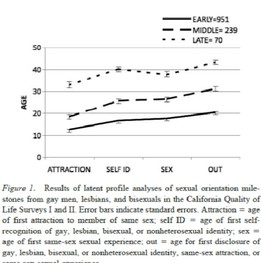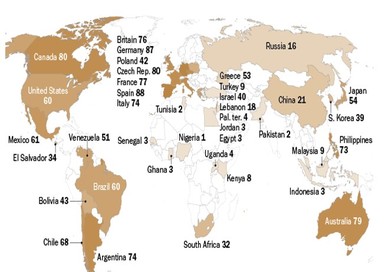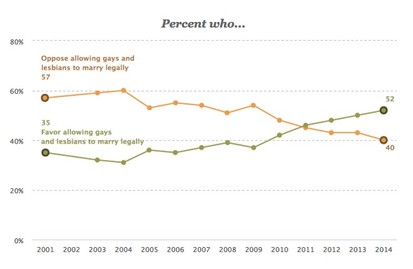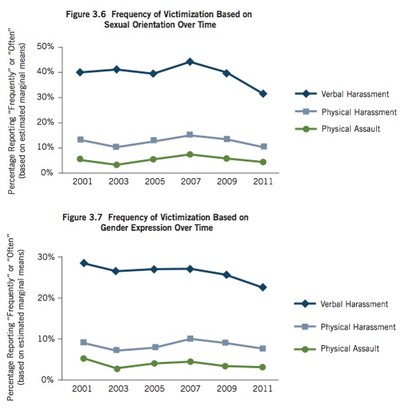This is the second of three blog posts from one class in Professional and Ethical Development issues in which we talked about ethical issues in publishing and peer review. We discussed self-plagiarism, which in some ways has less clear boundaries than plagiarizing others’ work. However, I think there are some clear cut cases where most people would say the act was wrong:
- Publishing an identical paper in two or more places
- Writing the same paper from two courses without telling the instructor
Then there are times that most people would agree that it’s okay to self-plagiarize, such as:
- Turning a thesis into a manuscript
- Using text from a prior grant proposal in a new grant proposal
- Repeating similar or even identical wording from part of a methods section that uses the same dataset, e.g., in explaining the sample, the procedures, or specific methods or measures (especially if we’re talking about a sentence here or there, not the full methods section).
We discussed some other issues, though, that are fuzzier.
- Recycling parts of an introduction from a published paper in another paper.
- Reusing text from a published paper in a new paper, where the authors aren’t identical (e.g., there was an author on the earlier paper who is not on the current one)
- Using ideas from another paper that are not original because they’re published, but they are your own ideas.
And finally, we talked about a couple of things that students especially should try to avoid. One thing that can happen is that the influence of your mentor and her ideas can be really strong. You’ve talked about topics for years, and so you really internalize her perspective. And that’s great – I’m sure she’s happy you did. But then if you write about it, make sure that you accurately attribute it. Otherwise, you are implying that the ideas originated from you, when in fact, they are your advisor’s ideas that you agree with, but did not create yourself.
“The post Self-plagiarism first appeared on Eva Lefkowitz’s blog on February 25, 2015.”





 RSS Feed
RSS Feed
